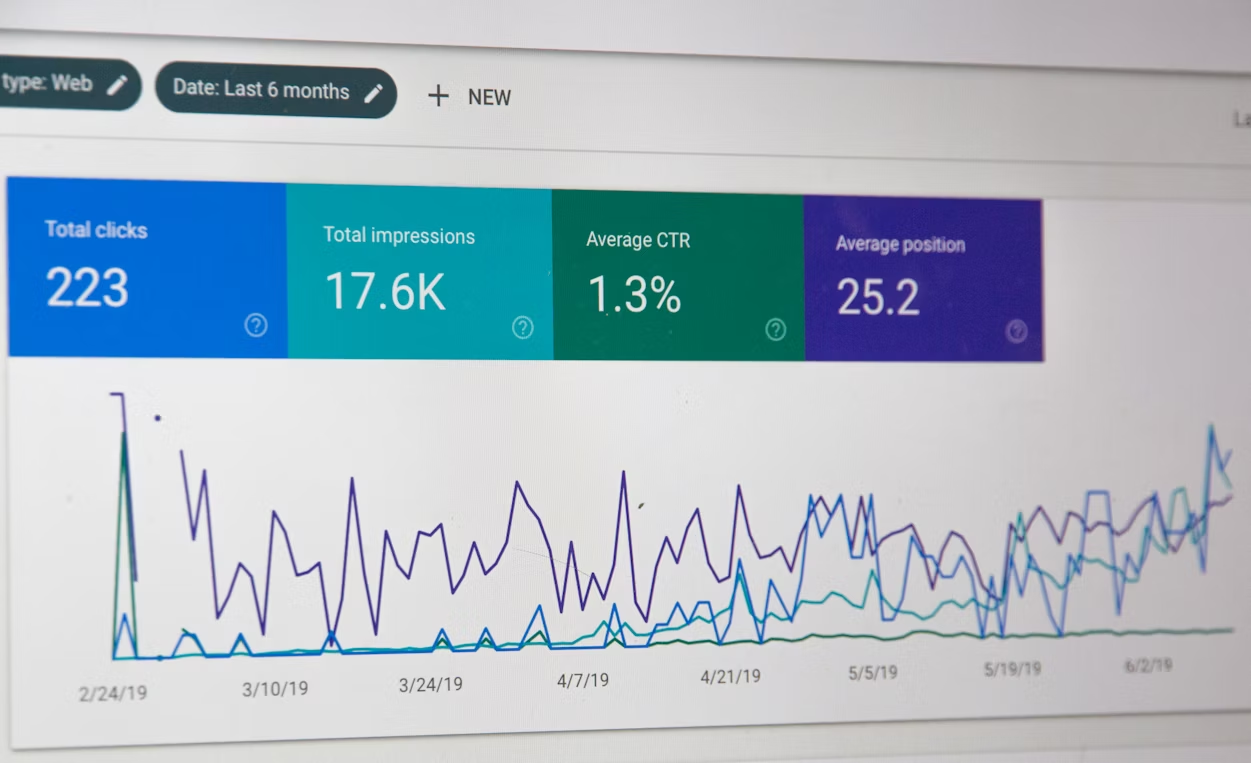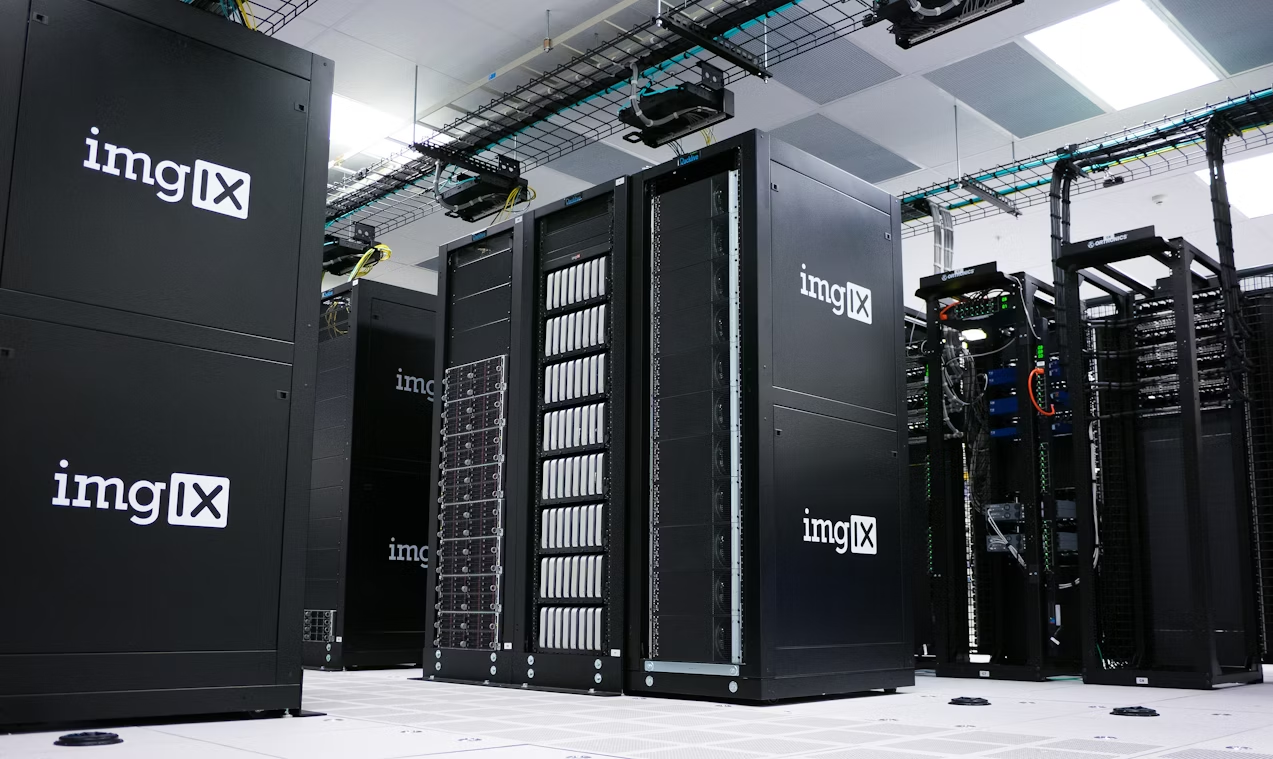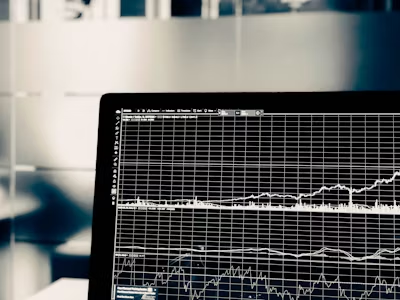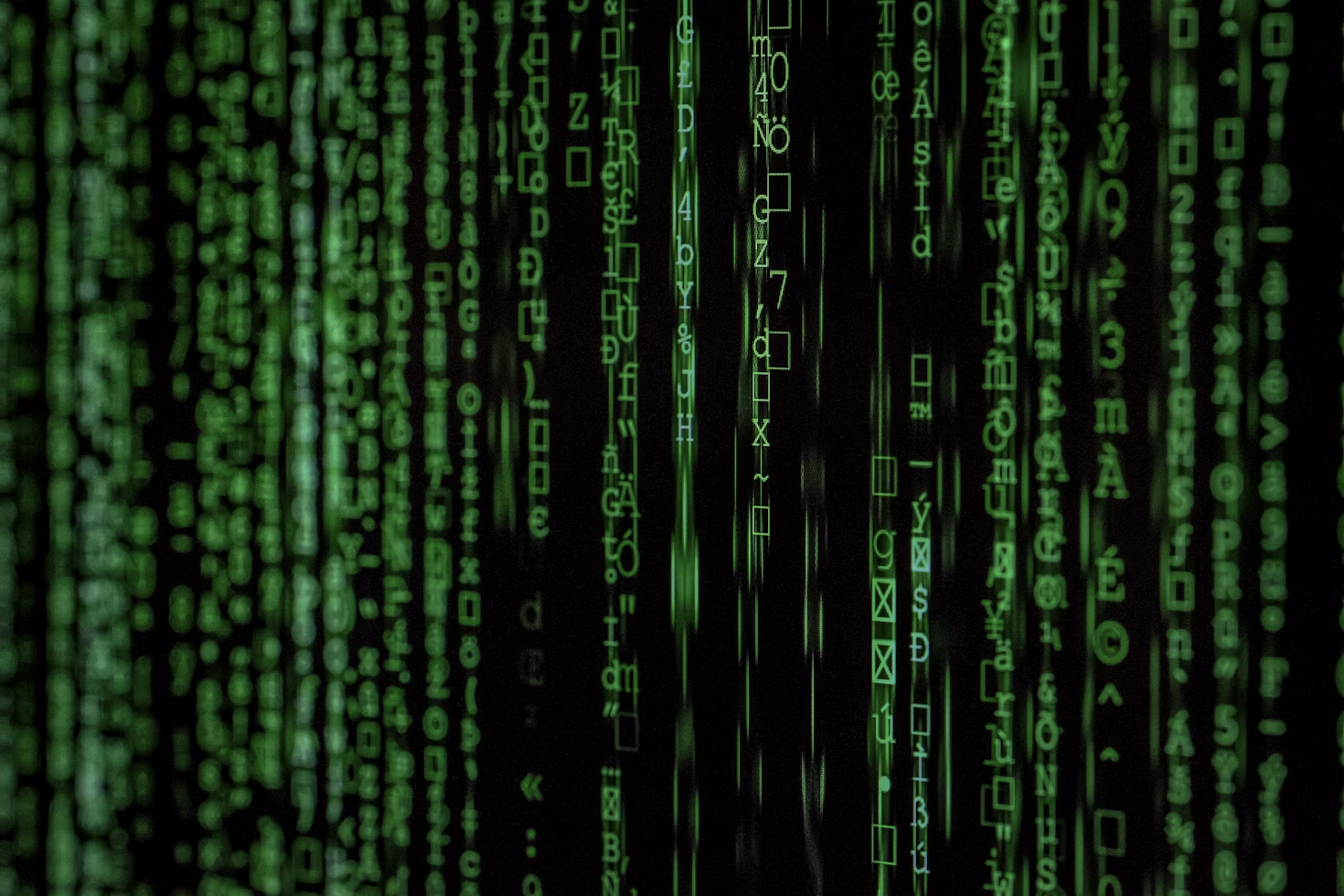The basic question is:
What do you actually mean by data stream management?
Let us get an answer to it in this blog.
In layman’s words, the storm of data being processed and represented in real time is called data stream management.
This is done by data in motion.
For example, when booking a ride through your mobile phone, you can get access to its real-time location; the same happens when ordering food online; we can access the live data in motion, step by step, when the food reaches us.
Data stream management is the process of receiving, processing, analyzing, and then streaming the data in real-time. The data is constantly generated and processed at the same time, as in the case of a live CCTV camera.
This is useful in the case of stock market analysis, live media streaming, live news, geolocation, ride-sharing, live social media, etc. Data stream management is processed through various software programs to process, analyze, and project it. This produces live data in motion in real-time and is a combination of data management and stream processing. In this blog, we will figure out:
The handling of continual and uninterrupted data from various sources in real-time, immediately after the data is created, is called data streaming. It does not allow storage of data, whereas rapid processing, analysis, and projection. This allows immediate action on the data and quick decision-making on the spot. Data streaming is much more valuable in comparison to stock data because it portrays real-time data where the resemblance is uncanny.
The need to process the live stream data is the second and main step of data stream management. The live, continuous, and uninterrupted data is collected from various sources and processed by analyzing its trends and patterns. The live data is combined with the data management system to ensure live and real-time events. The processing of data is completed in the blink of an eye to receive real-time insights and not receive a backlash. Many websites, tools, and software programs are programmed to do the needful. The availability, quality, speed, and other factors of the data are monitored by other helping software’s. The interpretation and visualization of data are completed and made available for the audience in microseconds.


Live data streaming is more advantageous and beneficial in comparison to stored batch data processing. This is because it allows on-time action on the simultaneous data. The legacy of the collection of data for its interpretation and visualization is surpassed by real-time action. In this busy world, there is a need for quick and rapid action on information before it goes viral and becomes trendy. This is done through the use of data stream management.
There is a rise in response to real-time business. The process of analysis and response is quick in action. Any changes in the latest trends are observed on time, and action is taken.
A quick and immediate response to the customer’s doubts and problems increases the engagement of the business and maintains communication with the audience, which leads to positive marketing.
Potential risks, threats, and issues are seen on time, and precautionary motives are taken into account to avoid the foreseen circumstances. This helps to mitigate the effects of any potential threats.
Some examples of data streaming are:
Live360 is a live location sharing software that allows a selected group of people to form a group and share their live, real-time location with their families to avoid any potential threats. The speed of the vehicle, location of the individual, current location, time taken to reach, battery life, and more. This is accessed in real-time and shared on the app with authorized members.
YouTube and social media handles carry a large amount of data in the form of videos and display it in real-time to the audience. The other metrics, such as likes, comments, views, etc., are updated every second to ensure live data in real-time. The availability of high-quality data, analysis, and interpretation are all handled by the software programs.
Zomato and Swiggy use real-time location at the time of food delivery. These apps use real-time data and provide it to the customer to track their order.


Some examples of data streaming are:
The unavailability of storage leads to crashes when a large amount of data enters the system. Some part of the data gets formatted or erased, and we are unable to recover it due to the absence of storage.
Timeliness is a major challenge since a large amount of data needs to be added and updated rapidly without getting stale.
Data overload is a frequent incident that occurs in data stream management. A large amount of data gets analyzed in fractions of seconds, leading to data overload and loss of data.
Ordering is one of the challenges faced when ranking or ordering data from first to last because lots of data are collected at the same time and ranking or ordering is difficult.
Batch processing refers to the processing and analysis of a large volume of stored data at once, whereas stream processing refers to the processing and analysis of a large volume of data in a continuous and uninterrupted flow.
Batch processing is lengthy and time-consuming, whereas stream processing is time-saving and completed in milliseconds.
Data streaming management is now a very crucial part of the technological world. Every fragment of data is processed and analyzed in the blink of an eye. In this blog, we learned about: what is data streaming, what is data stream management, benefits, examples, and challenges related to data stream management.
In this competitive world, there is a need for quick action against all odds, which promotes the role of live data streams in real-time.
There are various challenges associated with data stream management, and to overcome them, there is a need for more features to evaluate the pace of data streaming.
With the continuous flow of data, the processing, analysis, and visualization of data take place at a faster pace and provide quick decision-making in real-time.
What is your take on data streaming management? Do you think it is more useful and beneficial than batch processing?